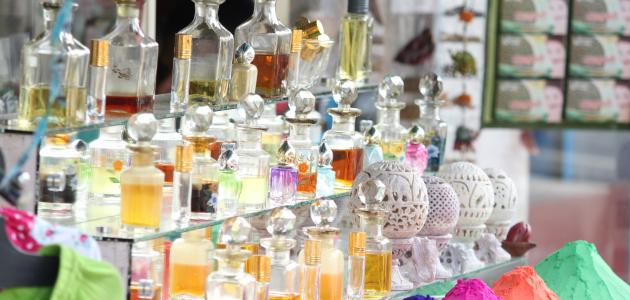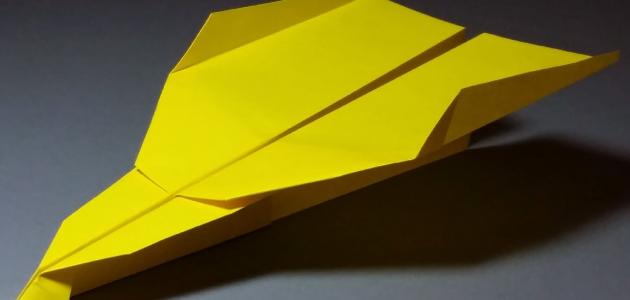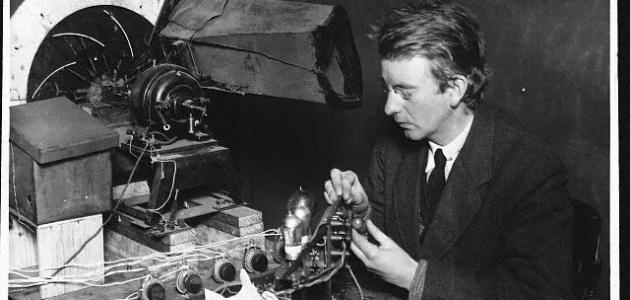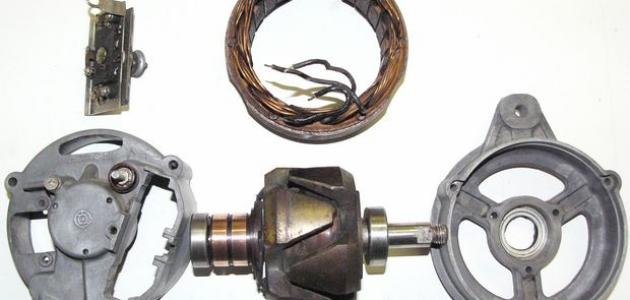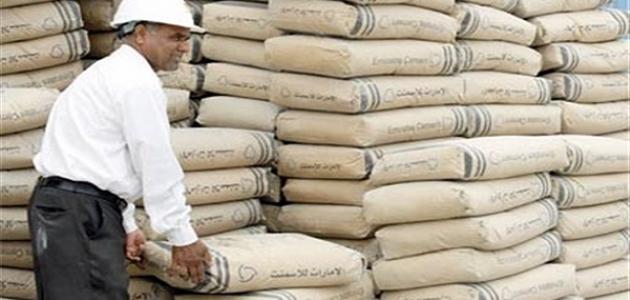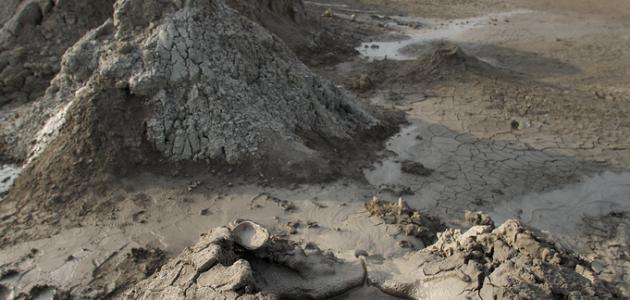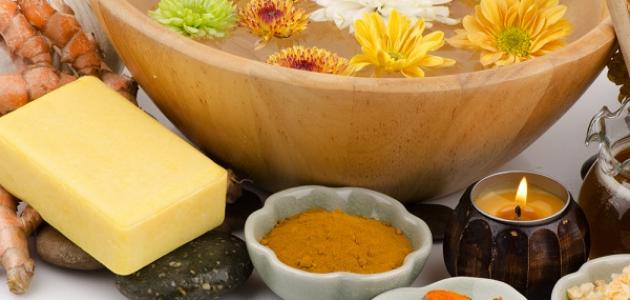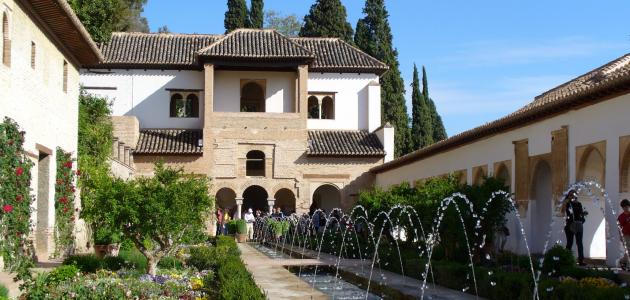fragrance
Perfume (in English: Perfume) is a product that is made by mixing natural and synthetic materials with a beautiful scent in precise proportions to obtain a distinctive scent. The art of making perfumes dates back to the time of ancient China, the ancient Egyptians, the Arabs, the Carthaginians, the Greeks, and the Romans, but it The development of the perfume industry since that time, as there are now many types of perfumes that can be purchased from the market, which differ in the type and concentration of the aromatic substance in them, such as cologne, toilet water, and other types of perfumes, in addition to the entry of perfumes into the composition of many products, such as Soaps, cosmetics, deodorants, after shave creams, and shower oils.
Ingredients for perfumes
Perfumes consist of natural, plant and animal materials, in addition to synthetic materials. Among these components are essential oils that are extracted from plants in several ways, including the following:
- Steam distillation: It is done by exposing the plant to a high temperature.
- Solvent extraction: This method is used to extract sensitive essential oils that cannot tolerate high temperatures, alcohol is usually used as a solvent, and concentrated oils are produced called absolute.
- Extraction by impregnation in fat (in English: enfleurage): It is done by placing flower petals between layers of pure animal fat, which is saturated after a while with flower oil, after which alcohol is used to obtain concentrated oil.
- Extraction by squeezing or pressing (in English: expression method): it is used to obtain citrus oils from fruit peels, and the peels can be squeezed manually, or using machines.
- Animal products that have a beautiful scent, and are used to fix the aromatic scent and delay the evaporation of volatile oils, including: amber extracted from the amber whale, musk extracted from musk deer, Castoreum extracted from the beaver, and civet extracted from the civet cat.
perfume industry
Perfume is one of the most beautiful gifts that we receive or give, and the most beautiful thing is to give our loved ones a beautiful perfume made by our hands, as it will consist of the scents that we prefer, or those preferred by the one to whom the perfume will be gifted, in addition to that it will be a product free of chemicals, and here It must be noted that it is necessary to adhere to the order of mixing the materials, in order to obtain the desired result, and the following is how to make perfumes at home:
Read also:What is paraffin oil?materials needed
The basic ingredients for making any perfume are as follows:
- Half an ounce of jojoba oil or sweet almond oil.
- Half an ounce to 2 ounces of ethanol.
- Two tablespoons of distilled water.
- coffee filter.
- Dark colored glass bottle.
- 7 drops of essential essential oil (in English: the base notes), which is the oil whose scent lasts the longest on the skin, and its types are: cedarwood oil, cinnamon oil, patchouli oil, sandalwood oil, vanilla oil, lichen oil, olive oil ferns
- 7 drops of medium-grade essential oil (in English: the middle notes), which are oils that are more volatile than the essential oils, including: clove oil, geranium oil, lemongrass oil, neroli oil, nutmeg oil, and ylang-ylang oil.
- 6-7 drops of a clear essential oil (in English: the top notes), which is one of the most volatile essential oils, and its types are: bergamot oil, jasmine oil, lavender oil, lemon oil, lime oil, orchid oil, and rose oil.
- Two drops of bridge notes, which are oils with a medium degree of evaporation, and have the ability to bind the components of the fragrance to each other, and their types are: lavender or vanilla oil (it can be dispensed with).
How to prepare
After preparing the necessary ingredients, the following steps are followed to prepare the perfume:
Read also:Benefits of turmeric soap for the skin- Add jojoba oil, or sweet almond oil to the bottle.
- Essential oils are added in the following order: first the essential oils, then the medium grade, then the clear grade, then two drops of the binder oil are added, which is optional.
- Add alcohol to the oil mixture.
- The bottle is shaken for two minutes, then left to settle for a period ranging from two days to six weeks, as the strength of the fragrance increases with the passage of time, and the steps can be completed when the required strength of perfume is reached.
- When the required fragrance strength is reached, distilled water is added, the bottle is shaken to mix the ingredients, then filtered using a coffee filter, then the mixture is transferred to a dark bottle, and filled so that no room is left for air; As the light and air analyze a lot of essential oils.
- More water is added if the perfume is more strong than required, and a tablespoon of glycerin can be added to preserve the fragrance for a longer period.
- The bottle is tightly closed, and kept away from light and heat.
Solid perfume industry
Solid perfume can be made by following these steps:
- Providing the necessary materials:
- XNUMX tablespoon of beeswax or petroleum jelly.
- One tablespoon of jojoba oil, or sweet almond oil.
- 8-15 drops of essential oil.
- Put jojoba oil, or sweet almond oil, with beeswax, or petroleum jelly in a bowl and melt using the microwave, or in a water bath.
- Remove from heat, add essential oil, and stir with a re-washable spoon or toothpick.
- The liquid is poured into a small container, and a cover is placed on it, but it is left partially open, in order to prevent condensation inside the container, and reduce the chances of any contamination.
- Perfume is used by taking a small amount of perfume with the finger and rubbing it on the area to be perfumed.
Vanilla perfume industry
Natural vanilla sticks are somewhat expensive, so it is preferable to buy a quantity of them and keep them and prepare perfume from them in stages, or to prepare perfume from the entire quantity and present them as gifts to some people on personal occasions. Eight sticks of large size may suffice to prepare perfume, and the quantity can be increased to enrich the aroma of vanilla and increase its concentration and intensity, and here it should be noted that whenever vanilla is left in alcohol it gives a strong fragrance and a dark, concentrated color. Here is how to make vanilla perfume:
Read also:The importance of the industrythe ingredients
- Eight to ten sticks of vanilla.
- alcohol.
- Two hundred and fifty milliliters of jojoba oil.
How to prepare
- Cut the sticks lengthwise, open and scrape the vanilla paste inside using a sharp knife.
- Vanilla sticks are cut into pieces.
- Place the vanilla bean paste and the chopped sticks in a glass bowl with a tight-fitting lid.
- Pour the alcohol over the vanilla paste and the chopped sticks in the glass bowl, taking care that the amount is sufficient to completely submerge the ingredients and top them by 6.53 mm.
- Be sure to use alcohol with a concentration of at least 70%.
- The alcohol with the vanilla is left for several weeks in a well-tight glass container, and stored in a cool, dark place for a period ranging from three weeks to three months. During this period, the vanilla fragrance smells and the perfume acquires a color.
- The ingredients are shaken from time to time to soak well, and for the vanilla scent to spread throughout the entire liquid.
- It is preferable to conduct a vanilla liquid test on the skin before mixing the essential oil, even if it smells good and is well prepared, by placing a small amount of liquid on the inner wrist, and leaving it to dry for five to ten seconds, and if the results are good, the essential oil is mixed.
- Vanilla perfume is left for a longer period in alcohol if its concentration is light when tested on the skin.
- A piece of perforated cloth is placed on the mouth of the glass container in which the perfume is to be stored, provided that it is clean and sufficient to cover both sides, to enable it to be tightened with a chain or a rubber band.
- The alcohol and vanilla mixture is poured through the tissue, to filter it from any residue or impurities, and the rest of the ingredients are pressed to obtain the vanilla extract, and the container is closed well.
- Jojoba oil is added to the vanilla and alcohol by 30 ml, and it can be replaced with sweet almond oil.
- The glass container is shaken to mix the vanilla with the essential oil, and it is preferable to shake the box before each use so that the oil does not separate from the perfume, and it can be kept for three to four months if stored properly.
Manufacture of various essential oils
This amount is sufficient to fill a small bottle. Essential oils can be purchased from food stores, preferably pure and safe essential oils.
the ingredients
- Four hundred and forty-three grams of jojoba oil.
- Four hundred and forty-three grams of distilled water.
- Five drops of jasmine oil.
- Three drops of lemon oil.
- Three drops of orange oil.
- Three drops of sandalwood oil.
How to prepare
- The ingredients are collected together in a small glass bottle, and the bottle is mixed well.
- The perfume is sprayed on the wrist, neck, or behind the ear to last for a longer period, staying for two or three hours.
Manufacture of natural fruit perfume
Carrier oils increase the stability of the fragrance for a longer period, and keep the essential oils from evaporating over a short period.
the ingredients
- Sweet orange oil.
- tangerine oil.
- Atlantic cedarwood oil.
- Orange blossom oil.
- Carrier oils, consisting of olive oil, avocado oil, coconut oil, and grapeseed oil.
- Roll glass container (rotating cylindrical cover).
How to prepare
- Essential oils are collected in a small glass container, two drops of sweet orange oil, three drops of tangerine oil, three drops of orange blossom, and two drops of Atlantic cedar oil are added. Essential oils are collected in a small glass container, then the ingredients are mixed together.
- Add three drops of the essential oil mixture to the glass roller case, and keep the rest of the mixture for another use.
- One of the carrier oils is added to the essential oils in an amount sufficient to fill the roll-on glass container. A type of carrier oil can be chosen, but grape seed oil is considered the appropriate and best, followed by coconut oil as well.
Notes:
There are some notes when using perfumes, including:
- It should be noted that citrus oils increase the skin's sensitivity to direct sunlight, so care must be taken to apply a suitable sunscreen on the skin before going out.
- It is preferable to conduct an allergy test, especially for people who use the essential oils that were mentioned for the first time. Several drops of essential oils and several drops of used carrier oil are placed, the oils are mixed together and applied to the skin. If the skin is exposed to redness and swelling, it means that it is sensitive to the oils used.
- Perfumes are applied to the wrist and behind the ears, for added safety.
- Pregnant women and children are not allowed to use this perfume.
Flower perfumery
You can make flower perfume with natural ingredients at home, as follows:
the ingredients:
- Three quarters of a cup of rose petals.
- Half a glass of alcohol.
- Two and a half cups of distilled water.
- Two to three drops of essential oil.
How to prepare:
- Put rose petals in a deep glass bowl, and immerse them in alcohol.
- Cover the pot and leave it for one day in a cool, dark place.
- Grind the rose petals with a spoon or a metal fork.
- Add distilled water and essential oil to the bowl.
- Cover the perfume bowl, and leave it for a period of 5 to 7 days, with the need to stir it once a day.
- Put the perfume in a clean glass perfume bottle, and shake it when using.
Types of perfume
Perfumes are classified according to the prevailing scent in them, or the main components in them, into several groups, as follows:
- Floral fragrances: It contains a mixture of floral scents, such as jasmine, rose, lily-of-the-valley, and gardenia.
- Spice perfumes: It contains a mixture of cloves, common cloves, cinnamon, and nutmeg.
- Woody perfumes: It includes the smell of wood, including vetiver, sandalwood, and cedar.
- Lichen perfumes: It consists of the scents of lichens, including oak lichens.
- Oriental perfumes: It consists of a mixture of woody and lichen scents, spices, vanilla or balsam, and musk or civet is used to stabilize these scents.
- Herbal perfumes: It includes scents such as the smell of shamrock, and the scent of sweet herbs.
- Leather and tobacco perfumes: The scents include leather, tobacco, and birch tar.
- Aldehydes fragrance: It consists of aldehydes, as well as floral components.
The effect of perfumes on human life
Man noticed the impact of perfumes of all kinds on his life long ago, as their industries witnessed a great development and became a major turning point in the economic field. Humans smell it, as there are more than 300 genetic factors in the human body responsible for detecting thousands of different odors in the surrounding environment, where the sense of smell is a key factor in determining the moods and moods of people and the amount of psychological stress within them.
